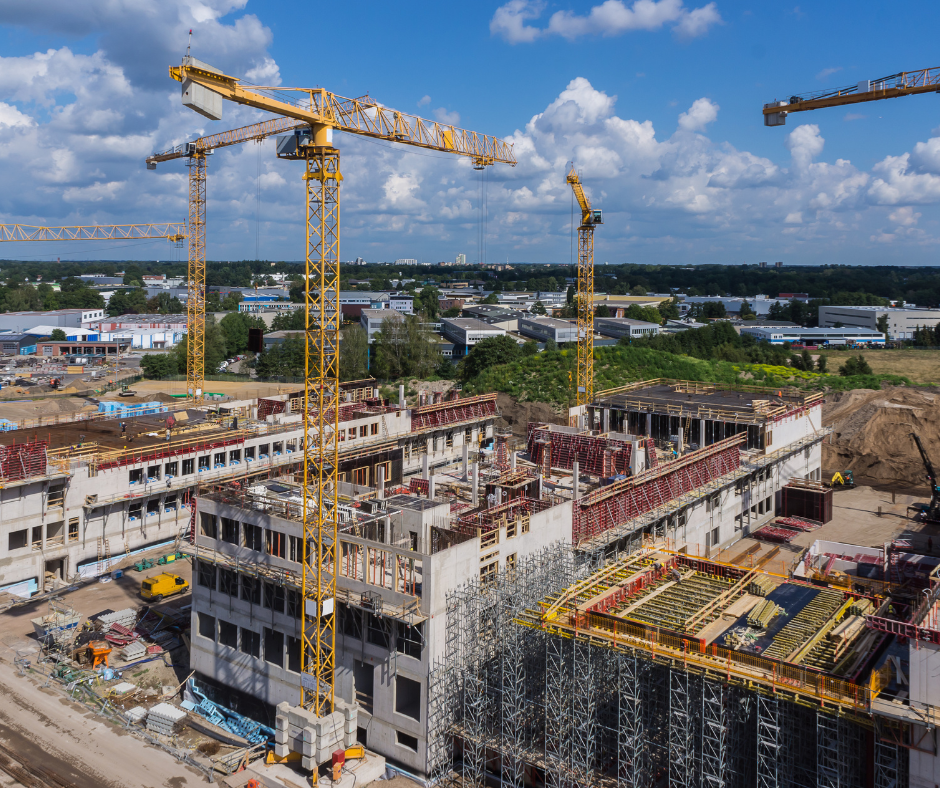Commercial construction projects are difficult efforts that call for careful preparation, flawless execution, and cooperation from a variety of customers. Errors can occur even with the best of intentions, resulting in expensive delays, overspending, and lowered project quality. To ensure project success, it is crucial to be aware of these typical dangers and know how to avoid them.
Neglecting Local Rules and Regulations
Failure to adhere to local building laws and regulations may lead to fines, complete work halts, or project delays. A lack of knowledge or a misunderstanding of the law’s standards is frequently the cause of these problems.
Together, work with engineers, architects, and legal counsel who are knowledgeable about regional laws. To guarantee compliance throughout the project, plan frequent inspections and secure the required permissions and approvals before beginning construction.
Insufficient Expenditure and Planning
Inadequate planning and budgeting are among the most frequent errors made in commercial buildings. Derailment can occur when important project elements are overlooked or possible obstacles are not taken into consideration. A lack of funds may result from misestimating expenses or failing to account for contingencies.
Begin with a thorough project plan that has precise deadlines, goals, and an extensive budget. For reliable cost forecasting, carry out comprehensive feasibility studies and enlist the help of qualified cost estimators. Always have money set aside for unforeseen expenses.
Inappropriate Site Evaluation
When construction starts, neglecting any site-related difficulties like poor soil quality, drainage problems, or zoning restrictions might cause serious issues.
Examine the site thoroughly at the beginning of the planning process. Hiring surveyors, environmental consultants, and geotechnical specialists will help you assess the site and find any hazards. Take care of these issues before the building begins.
Stakeholders’ Inadequate Communication
Among project teams, contractors, and clients, misunderstandings, mistakes, and conflicts can result from poor communication or unclear channels. Delays and a drop in quality could result from this.
Plan a thorough communication strategy that includes centralized communication tools, progress updates, and frequent meetings. Clearly define roles and duties and make sure that all parties involved are aware of any updates or modifications to the project.
Project Oversight is Inadequate.
During construction, improper supervision can lead to errors, safety infractions, and poor-quality work. In the absence of routine monitoring, issues might not be discovered until it is too late.
To supervise day-to-day activities and uphold quality control, designate a committed project manager. Regular site inspections can help ensure that deadlines and standards are being followed. To solve problems quickly and track your progress, use project management software.
Choosing the Incorrect Contractors
The quality of the project may be harmed by hiring contractors only on the basis of their lowest quote, which may result in problems including missing deadlines, poor quality materials, and poor workmanship.
Select contractors with a strong track record of success in commercial building and demonstrated experience. Examine their prior work, verify references, and confirm that they have insurance and a license. Put dependability and quality above price alone.
Weather and other External Factors are Underestimated
Project timeframes might be prolonged and prices can increase if weather-related delays or other variables like supply chain interruptions are not anticipated.
During the planning stage, examine local weather trends and arrange buildings around unfavorable circumstances. To reduce the risk of material shortages and preserve timeline flexibility, find several suppliers.
Ignoring Future Requirements
Designing a commercial facility to meet current needs alone may limit its future adaptability and value.
Take a forward stance by adding adaptability to your designs. A client’s needs for future growth and technology integration should be anticipated to ensure that the space remains relevant and valuable for many years to come.
Ignoring Safety Procedures
Ignoring safety precautions can result in workplace mishaps, legal ramifications, and even fatalities, endangering both the project and its employees.
Create and implement a thorough safety strategy that covers frequent safety audits, appropriate equipment use, and personnel training. Verify adherence to OSHA or other pertinent safety regulations.
Disregarding Sustainable Practices
Ignoring sustainable materials, energy-efficient designs, and environmental impact can lead to missed possibilities for LEED (Leadership in Energy and Environmental Design) certifications as well as increased long-term expenditures.
Include sustainability from the beginning of your project. Work together with architects and builders who understand green building practices and consider reusable materials, sustainable energy sources, and efficient HVAC systems.
Final Thoughts
Effective interaction, strategic planning, and a dedication to quality are necessary to avoid frequent pitfalls in commercial construction. By tackling these potential issues, project managers and stakeholders can ensure the timely, economical, and high-quality completion of projects. Using guidelines and working with experts will prepare the way for successful and sustainable commercial construction services.



